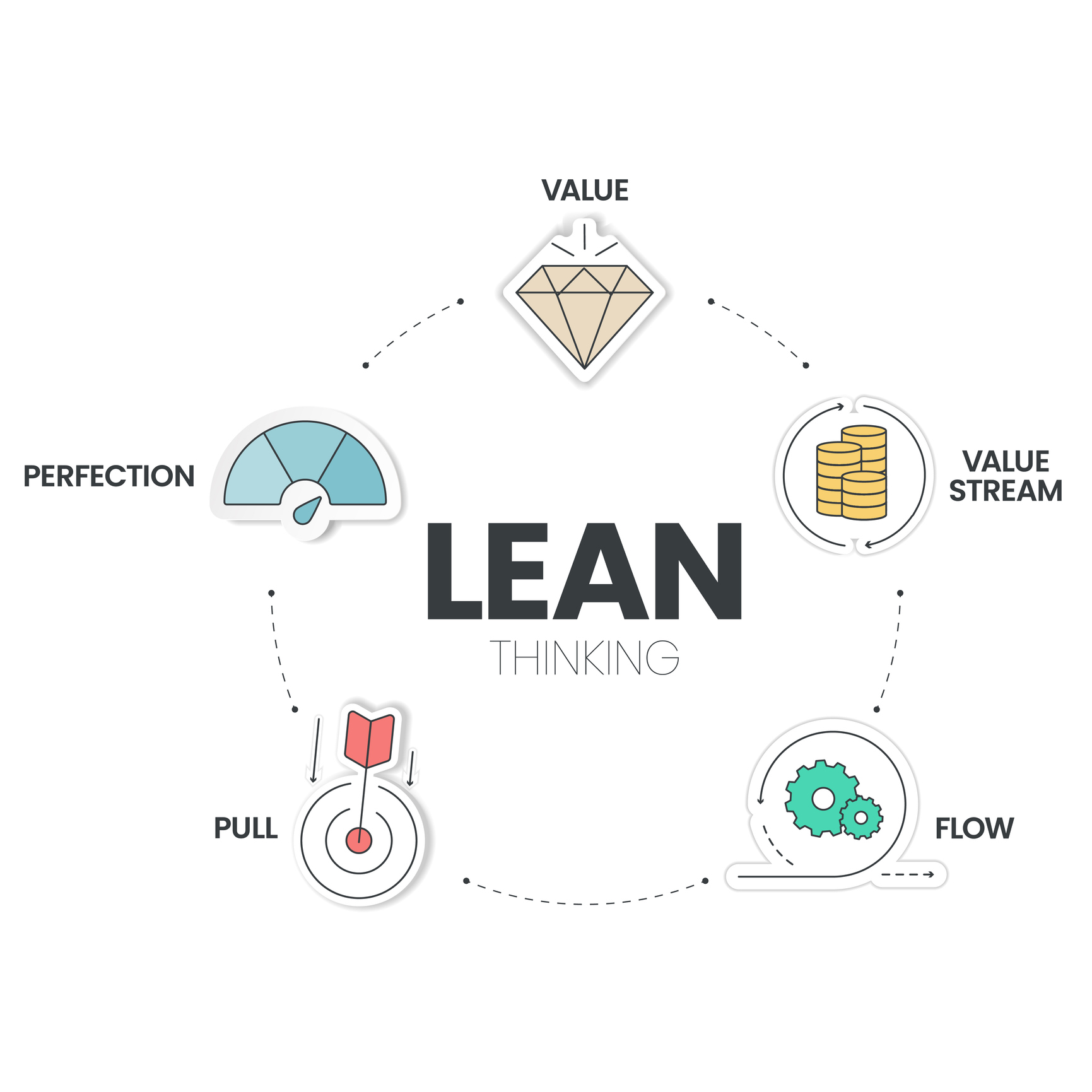The concept of enterprise architecture (EA) can be traced back to the 1960s, when large organizations started to adopt computer systems to manage their operations. EA grew in popularity during the 1990s, after John Zachman developed the original framework, and the Open Group formalized the most successful framework to date (TOGAF – The Open Group Architecture Framework). In the early 2000s, EA tried to expand beyond just IT to encompass the entire enterprise, including business processes, data, and organizational structures. But in many ways, the EA function was perceived as an ivory tower, divorced from the realities of delivery, and its adoption slowly declined over a decade. But walk into a large enterprise today and things are changing.
EA is Having a Revival
One reason for this revival is the increasing importance of technology in business. As organizations adopt more complex technology solutions, they must ensure that these solutions are integrated effectively and aligned with their overall business strategy.
But more significantly, the rise of digital transformation has led many organizations to re-think their operating model and adopt Value Stream Management (VSM) practices.
At its core, Value Stream Management is a modern approach to managing the delivery of value to customers and puts significant emphasis on the following:
1) Customer centricity: Value Streams are centered around delivering value to customers through a continuous flow of activities and optimized processes.
2) Cross-functional collaboration: VSM emphasizes cross functional collaboration. In some cases, this focus results in organizational changes and the creation of multi-disciplinary teams.
3) Continuous improvement: VSM inherits from agile and lean. Value Stream Management requires continuous analysis of the value stream flow to reduce waste and increase efficiency.
But to maximize the benefits of Value Stream Management organizations need to properly design their value streams.
EA is a Critical Tool in Designing Value Streams
Value streams are the set of activities required to deliver value to a customer. They represent the steps, processes, and activities that occur from the funding of an idea to the delivery of value. To define value streams, organizations need to understand how their various systems, processes, and data work together. This is where EA comes in.
Value Stream Mapping is Where it Starts
Value stream mapping is one of the key EA tools that organizations use to get started on their VSM journey. Value stream mapping is used to visualize and analyze value streams, often with the goal of identifying areas for improvement. It involves documenting each step in the value stream and analyzing the flow of activities to identify areas where time or resources are wasted, where bottlenecks occur, or where the flow can be improved. By mapping the value stream, organizations can gain a better understanding of how their processes and systems work together, and how they can be optimized to deliver value more effectively.
But oftentimes, simply mapping existing value streams will result in disappointing outcomes. This is because one of the biggest challenges large organizations face when defining value streams is minimizing dependencies. These dependencies are frequently organizational, but also technical.
One of the reasons that Value Stream Management is so powerful is that it can significantly reduce friction across roles by removing silos. The result is greater alignment and autonomy, which creates an environment that promotes effective collaboration and continuous improvement across teams.
But when value streams have technical dependencies, each value stream team loses its ability to operate at its own speed, make its own decisions, and manage capacity and skills effectively, resulting in significant bottlenecks and inefficiencies. In fact, these dependencies frequently trigger the creation of overlay processes for dealing with global prioritization or capacity planning, which directly conflict with the VSM operating model.
Value stream Dependencies are a Silent VSM Killer
EA can help reduce value stream dependencies by providing a comprehensive view of an organization’s systems, processes, and data, which ultimately helps to reduce value stream dependencies:
1) Identify dependencies across systems, processes, and data: By mapping out the value stream and analyzing the underlying systems and processes, EA can help identify areas where dependencies exist and may be causing bottlenecks or inefficiencies.
2) Design for modularity: EA can be used to design systems and processes for modularity, making it easier to manage dependencies and reduce the impact of changes. By breaking down systems and processes into smaller, more manageable components, organizations can reduce the impact of changes and improve agility. Some systems may become their own value streams. The notion of platform as a product is an emerging concept in value stream management.
3) Standardize interfaces and data: EA can help standardize interfaces and data formats between different systems and processes, making it easier to integrate and manage dependencies. By standardizing interfaces and data, organizations can reduce the complexity of integration and improve interoperability between different systems.
We Need to Start Designing Value Streams Instead of Just Mapping Them
As organizations embark on their value stream management journey, they need to recognize that it is fundamentally about changing their operating model. Simply mapping their existing value streams and working towards optimizing the flow of delivery by removing some waste won’t achieve the results they seek.
To be successful, VSM adoption needs:
1) Value streams designed around customer value: Value streams start with funding, and span all the way to delivering business value. When organizations simply map their existing value streams, they tend to limit the scope of a value stream from functional request to delivery of an output.
2) Human sized value streams, where people know and trust each other: Collaboration and trust are key tenants of VSM. When value streams are too big, it dramatically hinders visibility, collaboration, and decision making.
3) Value streams which are semi-autonomous: The single most challenging inhibitor for value streams to operate at speed is the number of dependencies. Value streams need to reduce dependencies in order to operate independently.
And Enterprise Architecture plays a key role in properly designing value streams.








